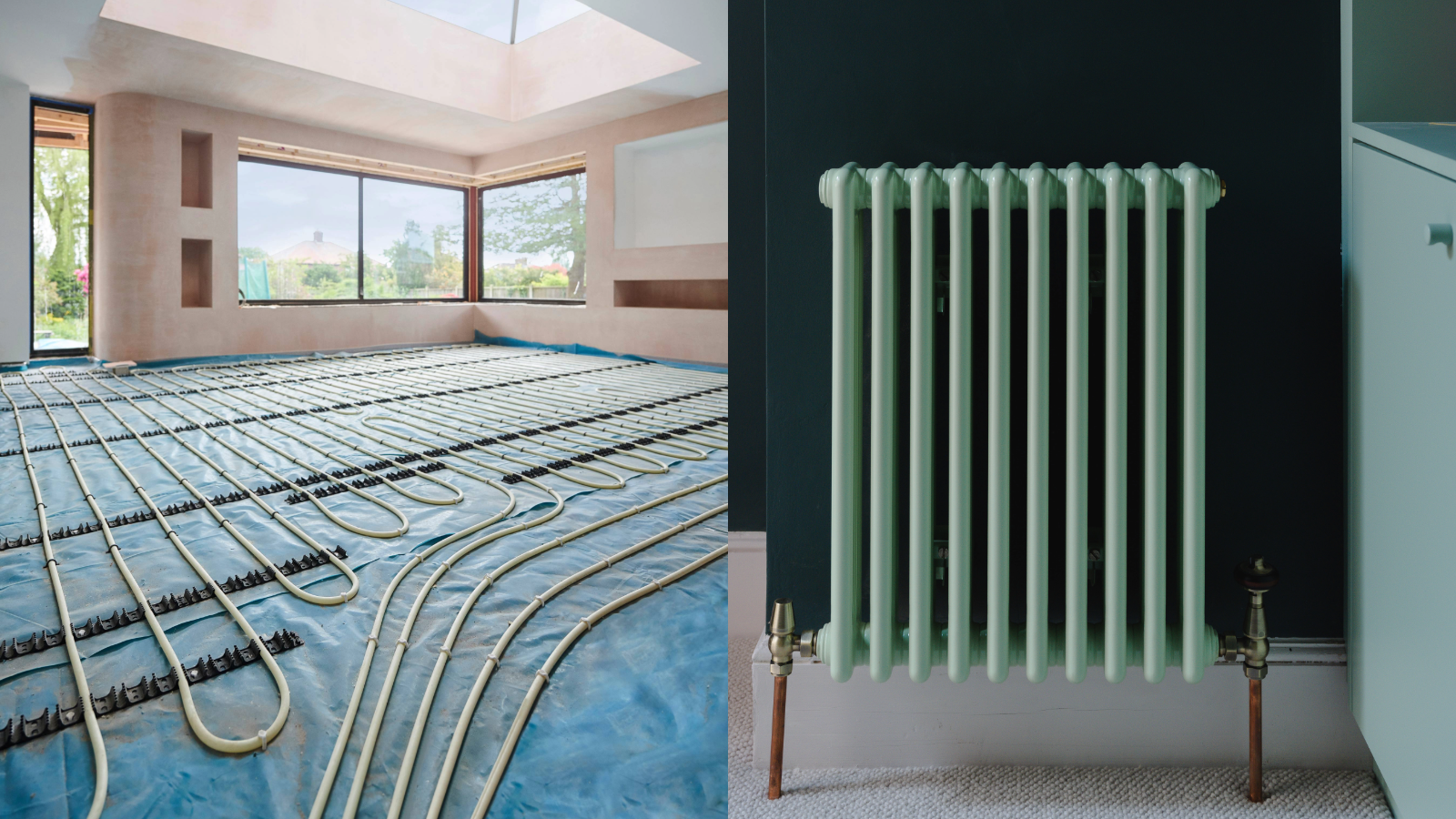Solar thermal explained: An expert's guide to the pros, cons and costs
Solar thermal provides renewable hot water for the home by harnessing the sun’s energy. Our guide provides everything you need to know from costs to the cons
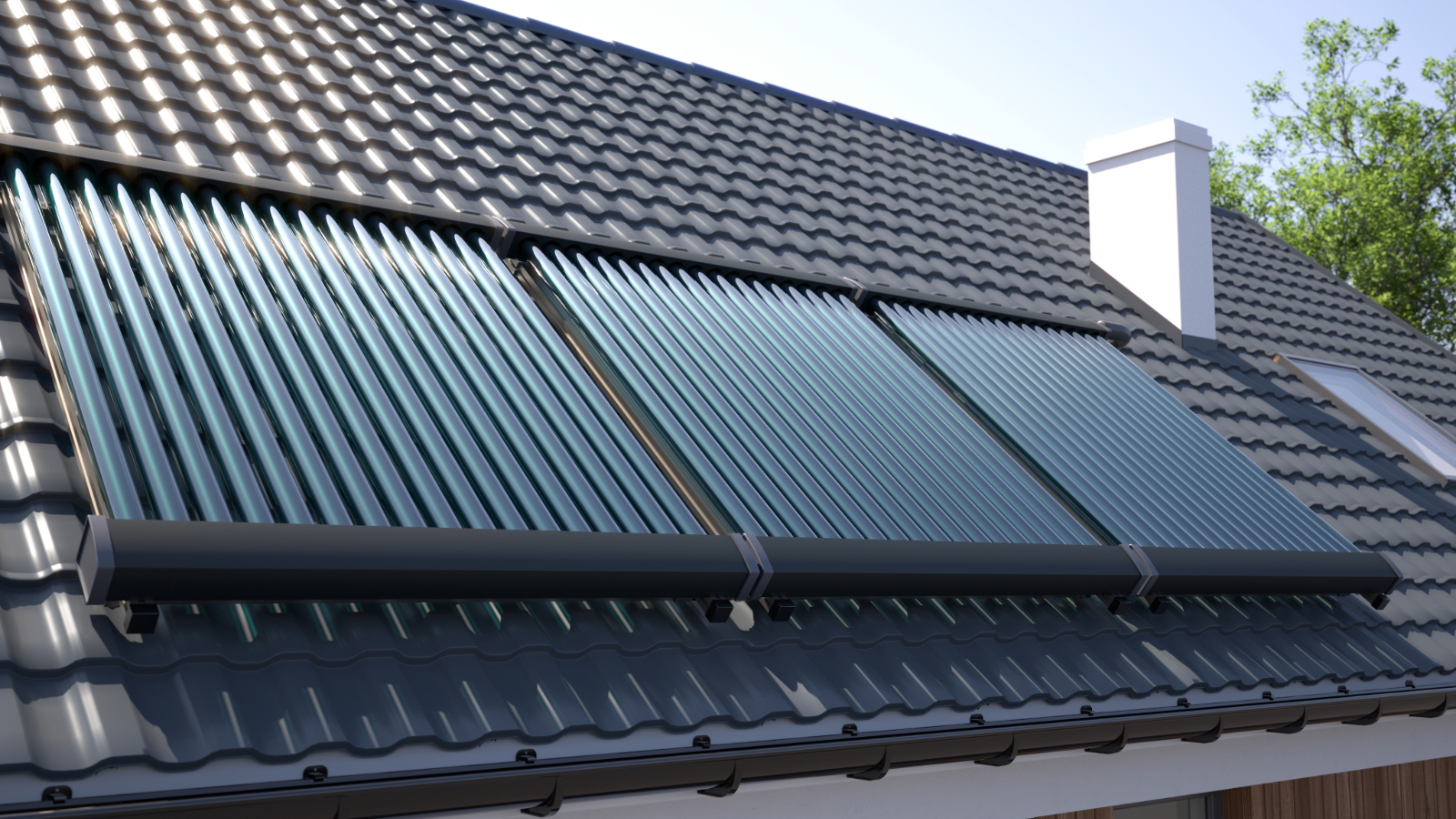
Solar thermal panels (also known as solar water heaters) efficiently convert sunlight into energy, using it to create hot water for your home.
Solar thermal is an older technology than solar photovoltaic (PV) panels, and while the latter has seen huge growth in the last decade – in no small part thanks to the now-finished Feed-In Tariff (FiT), which provided generous payments to homeowners – there’s still a place at the table for solar thermal panels, depending on your property's needs.
If you’re considering this type of solar panel for your home, this complete guide sets out exactly what you need to know before you invest.
What are solar thermal panels?
In a nutshell, solar thermal panels create heat for use in domestic hot water. By comparison, solar PV panels convert sunlight into electricity.
Mike Stephenson, founder of H2ecO, says, "It’s a very effective way to collect maximum energy when space is limited, as its efficiency per square meter is higher than that of solar panels."
In the summer months, solar thermal panels could meet all or a substantial proportion of your domestic hot water demands. It is a simple, reliable technology which comes with a number of benefits.
However, installing solar panels is not a one size fits all solution, and weighing up whether they are right for your home will depend on factors. The cost of solar panels, how much hot water you use, the orientation of your roof, and your existing fuel source will all impact the decision-making process.
Bring your dream home to life with expert advice, how to guides and design inspiration. Sign up for our newsletter and get two free tickets to a Homebuilding & Renovating Show near you.

How does solar thermal work?
Here’s the step-by-step process of how a solar thermal system works:
1. Solar collection: The solar thermal panels absorb energy from the sun, which heats the fluid inside them.
2. Heat transfer: When the fluid in the panels reaches a certain temperature, it is pumped through a coil inside the hot water cylinder. In the UK, this fluid contains antifreeze (typically a 50/50 water and glycol mix) to prevent freezing during winter, but it never comes into contact with the water from your taps.
3. Heating the water: The heat from the fluid is transferred to the water inside the tank through the coil.
4. Fluid recirculation: Once the heat has been released, the cooled fluid returns to the solar panels to be reheated by the sun.
A twin coil cylinder is a hot water tank that uses both solar thermal energy and a backup heating system, such as a boiler. This ensures you have hot water even on days with little or no sunlight.
Types of solar thermal panels
There are two types of solar thermal panels available for domestic properties: flat panels and evacuated tube solar thermal panels.
1. Flat panel

The most common type of solar thermal is a flat panel (also known as a collector), usually around 1m x 2m in area. Each panel contains a series of pipes that are either serpentine or grid shaped, with a metal (absorber) plate fixed on top that is coated in a highly absorptive blueish material (selective coating).
The metal absorber plate collects heat from the sun; the fluid in the pipes then carries this heat to a storage cylinder in the house. The panels can be installed on a roof in a landscape or portrait configuration.
2. Evacuated tube
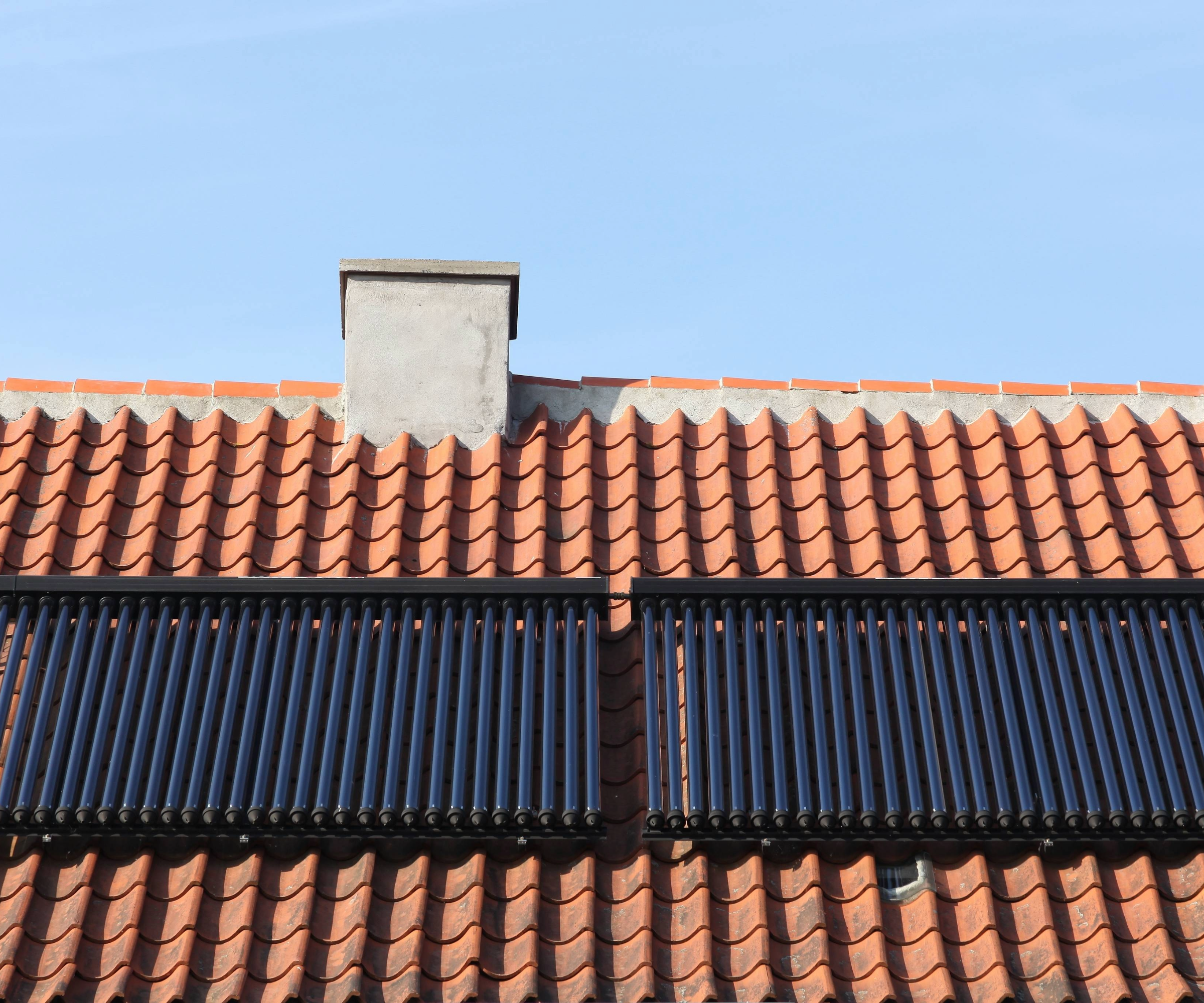
These are glass tubes that have a copper tube within them. Between 10 and 30 of them are connected together with a header pipe to form a panel. Evacuated tubes have a vacuum in the glass that acts as the insulation and so are often a bit more efficient than flat panel solar collectors.
Some evacuated tubes known as ‘direct flow’ can be installed very discreetly on a flat roof, which could be particularly useful in sensitive areas such as conservation areas or on listed buildings (subject to planning permission).
Hybrid solar panels, also known as solar PVT, combine the technologies of solar PV and solar thermal into one system.
Pros and cons of solar thermal
Pros
- They take up less space on the roof than solar PV panels.
- There are virtually no/minimal running costs.
- They are a simple, reliable technology which can lower your energy bills.
Cons
- They are weather dependent, and less efficient during winter months.
- The payback period can be some 20 or so years, depending on your existing fuel source and hot water use.
- They can only generate hot water, not electricity.
- They are not compatible with combi boilers or houses without a hot water tank.
How much do solar thermal panels cost?
Installing a two or three panel solar thermal system that would supply an average 200 to 300 litre cylinder will cost around £4,000 to £7,000.
The cost of solar panels can vary according to the complexity of the pipe runs and roofing materials, and you would also expect to be at the higher end of that scale if using evacuated tubes.
You'll also need to factor in the cost of a twin coil hot water cylinder, which cost from £600 to just under £2,000, depending on the size and specification.
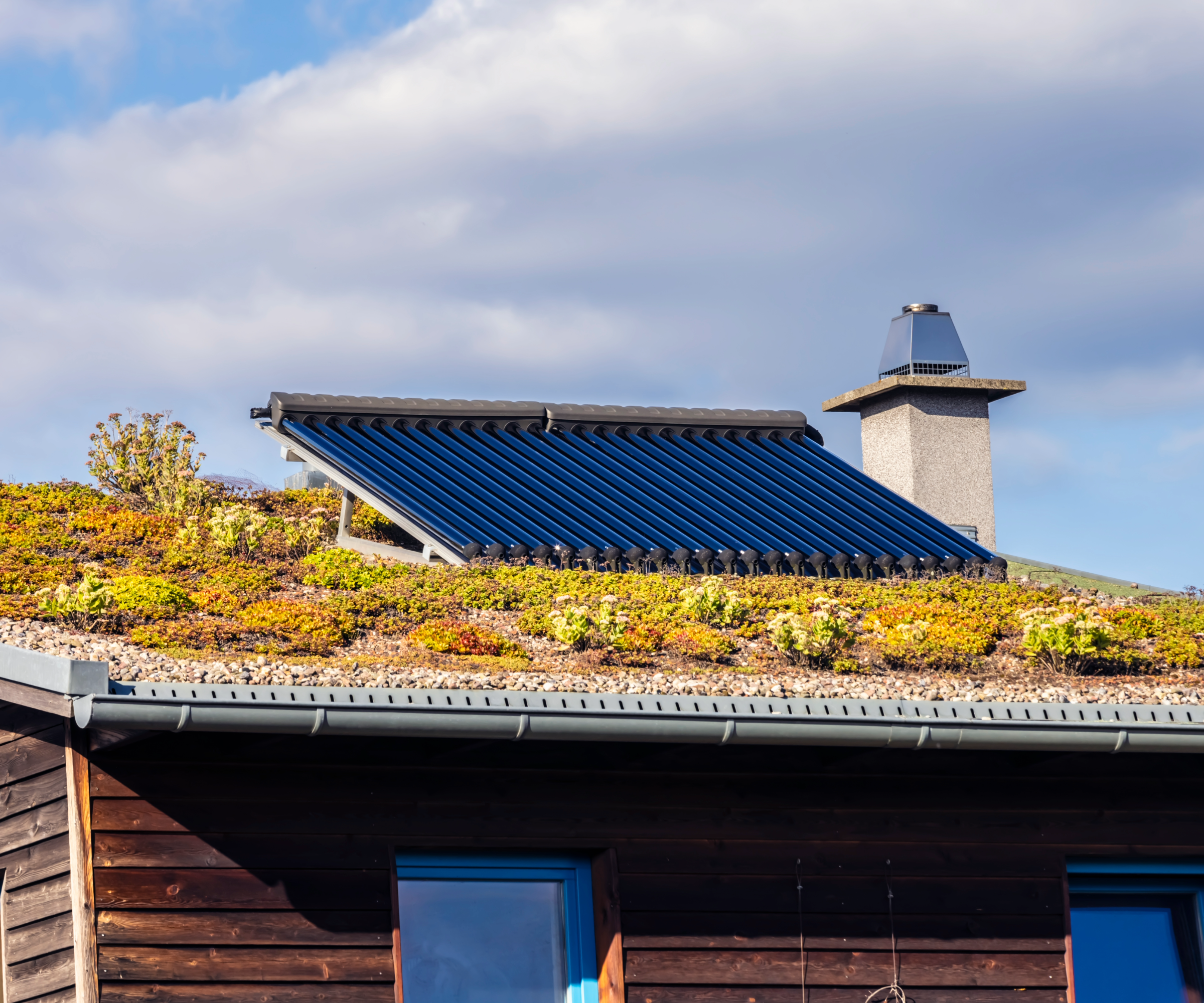
How much money could I save by installing a solar thermal system?
Savings will depend on your hot water usage, the system design, and the fuel you are replacing (gas, electric, LPG, for instance).
For a four-bed house you would likely use around 200 litres of hot water per day, 365 days a year.
That would mean that you actually use around 12kWh of energy per day on hot water. If we assume that half your annual hot water comes from solar then this equates to 2,184kWh per year (12kWh x 182 days) of 'free' energy.
Let's compare that to the cost of producing the same energy using gas and electric:
- Gas: 2,184kWh per year x 7p (average) = £152.88
- Direct electricity: 2,184kWh per year x 28p (average) = £611.52
A saving of around £150 per year would give us a payback period of around 26 years on the capital cost of installing a solar thermal system, whilst a saving of circa £600 would give us a payback of just under seven years. However, this does not take into account off-peak electricity tariffs / unit prices, which would be much lower at night.
The real potential of solar thermal comes when you design it to give you more than 60% of your annual hot water and make sure that the system is not oversized.
How much water can solar thermal panels heat?
"A solar thermal system will heat any quantity of water as long as the amount of panels is sufficient," says John Gilham, Group Technical Manager at Green Building Renewables. "They work best when the system is designed to meet the output."
If you're asking 'can you run a house on solar power?', the answer is, to an extent with regards to solar thermal. The percentage of the hot water requirement that is provided by the solar panel is known as your solar fraction and it is by limiting the use of the back-up boiler that you can increase the solar fraction and maximise the return on investment.
For example, if you have a shower in the evening do you then allow the boiler to
reheat the water that you have used or do you leave the water in the cylinder and just size the capacity of the cylinder to provide enough hot water for the whole household?
In a small household, it is easier to manage, but in a larger home there may not be enough capacity and you may need the boiler to reheat some water. This means
that the solar panel will only heat some of the water in the cylinder the following day, thus lowering the solar fraction.
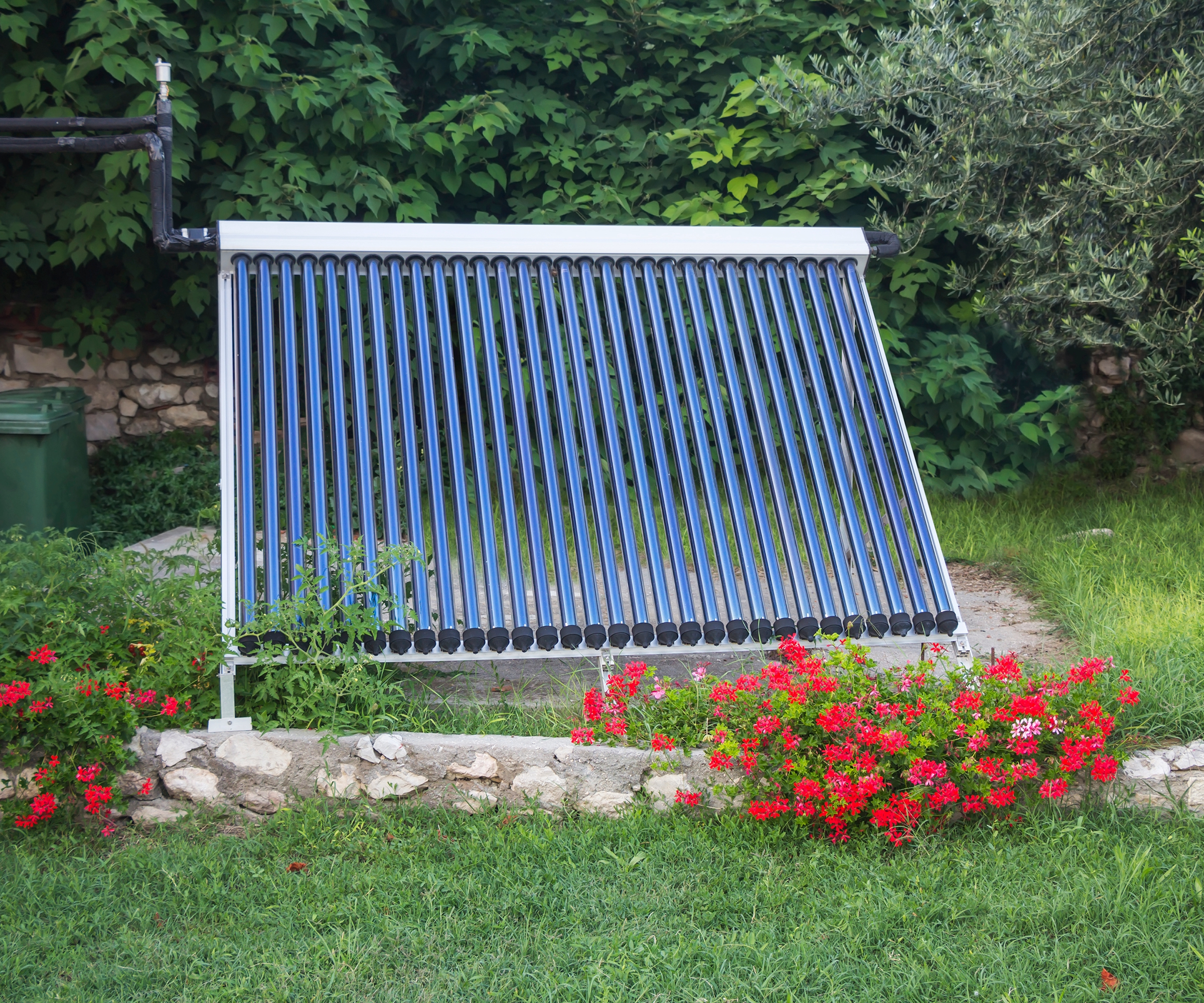
How long do solar thermal panels last?
Solar thermal panels can last as long as 25 years, but generally come with a five to 10 year warranty. For this duration solar thermal panels also require very little maintenance, although check this with your supplier.
FAQs
What current UK incentives support the installation of solar thermal?
Darran Burrage, Commercial Director of Go GeoThermal, explains, "The UK government and local authorities are offering various incentives to support the installation of solar thermal systems in 2025. These include:
- ECO4 Scheme: Provides free solar panels for low-income households and those living in less energy-efficient homes.
- Warm Homes Plan: Supports low-income and privately rented properties in England with solar panel installation funding.
- Smart Export Guarantee (SEG): Rewards households for exporting surplus energy back to the grid, offering payments for surplus solar-generated electricity.
- Local Council Support: Many councils offer local grants or partner with solar panel companies through programs like Solar Together, which helps households get group discounts on solar panels installed.
"These incentives aim to make solar thermal systems more affordable and accessible, contributing to energy efficiency and reducing carbon emissions. Homeowners can check their eligibility and apply for these incentives through their local council's Energy/Climate pages or by contacting MCS-accredited installers."
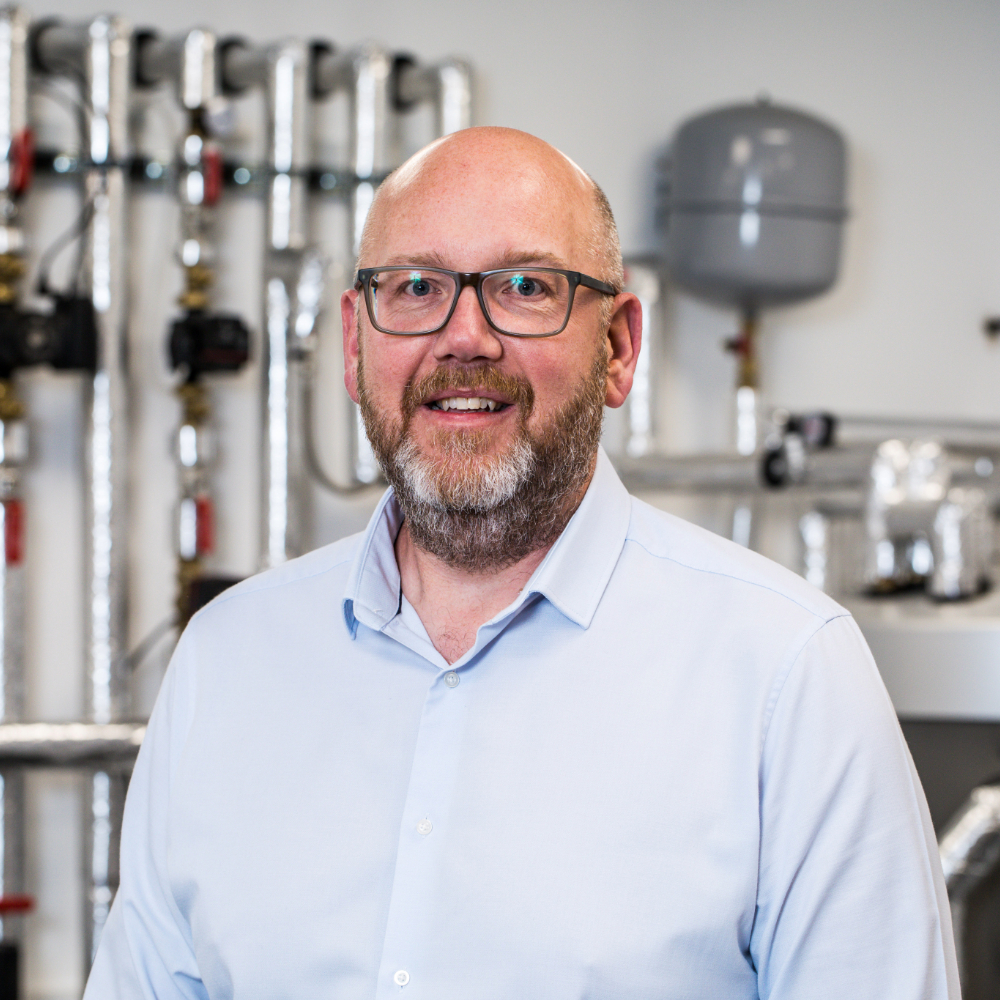
Darran Burrage is commercial director at UK-based renewable heating specialist, Go Geothermal, which distributes advanced CTC heat pumps, which are made in Sweden and have been at the forefront of European heat pump technology for over 100 years.
Can solar thermal be used for central heating?
Solar thermal systems are rarely suited to central heating applications.
Sunlight as a resource is too low in winter, while on the other hand you could end up with huge over-generation in summer.
If you are running a large thermal store or combining with a biomass boiler and system, there may be times when an oversized solar thermal array could be beneficial, but careful design is required, as the panels will be sized according to the volume of the thermal store rather than household usage.
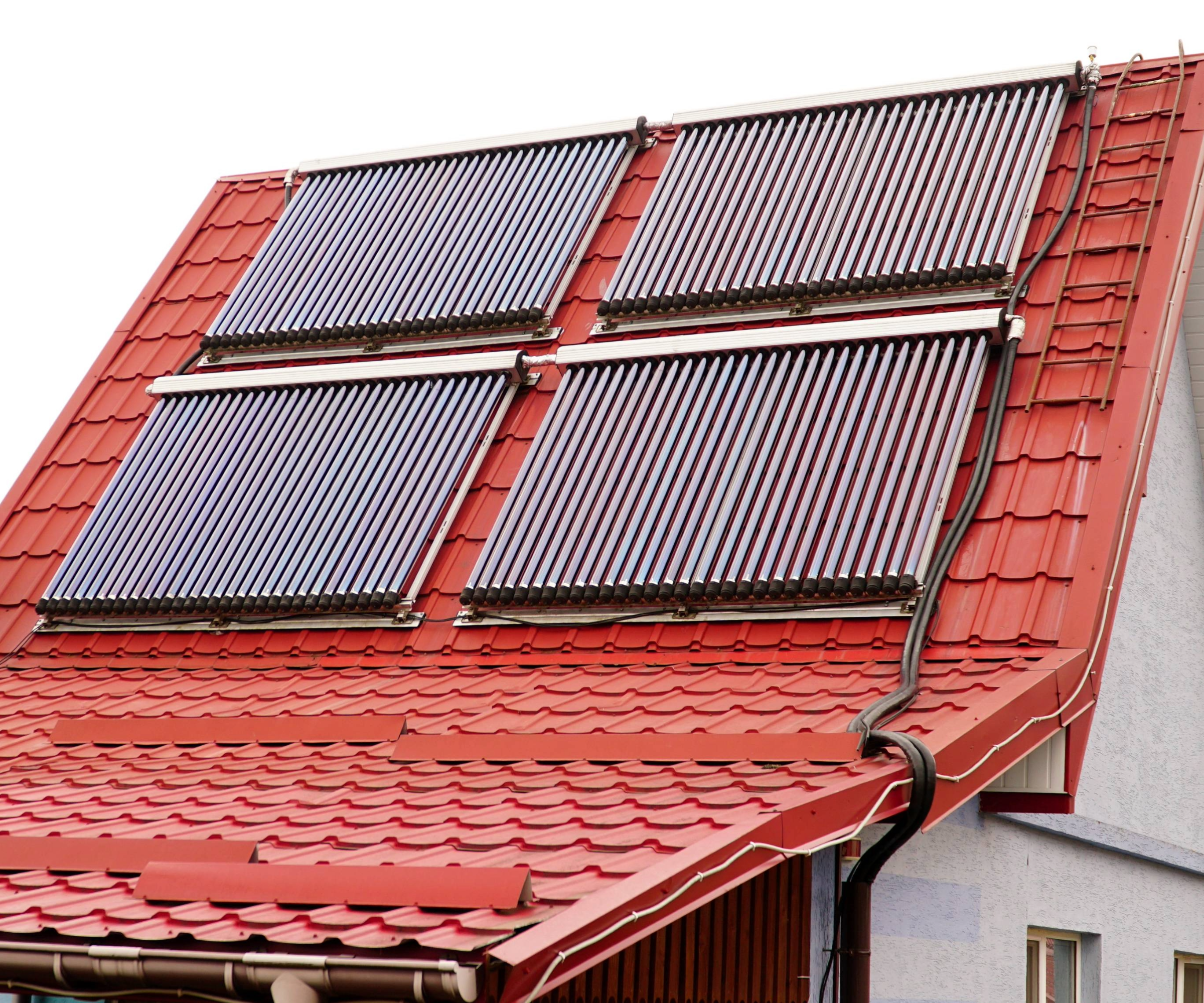
Can you use solar thermal with a combi boiler?
No, you can't effectively use solar thermal panels with a combi boiler. For the best use of solar thermal, a hot water store is required, meaning a system boiler configuration, which consists of a boiler and separate hot water cylinder, works best. If you have a combi boiler then you will not have a hot water cylinder.
At best, the solar thermal system will only act as a pre-feed to the combi and will therefore have a very limited efficacy. A combi boiler can only realistically have an input temperature of up to around 29°C so, at most, the solar thermal system will only contribute around 20°C.
How effective is solar thermal in winter?
As the nights draw in you may be thinking 'do solar panels work in winter?' and the answer is yes, but not as efficiently as in the summer.
"You can still have solar thermal gain during winter on sunny winter days," explains John Gillham, Group Technical Manager at Green Building Renewables. "However, solar thermal is affected by the loss of direct sunlight a bit more than PV, and realistically you should not expect too much from your solar thermal during winter. They are also affected by clouds considerably more than solar PV."
The frequency of sub-zero temperatures also means that the panels need to be protected from freezing. It is therefore necessary to have a closed loop of fluid between the panel and the storage cylinder that contains anti-freeze. All systems installed in the UK have this as standard.
Can you install solar thermal yourself?
"Renewable technology installation is a skilled and specialist job, and knowledge of electric and heating systems is required," advises John Gilham. "If you wouldn't feel comfortable installing a boiler or electrics into your home, then it's highly recommended you do not try to install your renewable technology either.
"A trained specialist with the necessary regulations and safety knowledge can ensure that a solar thermal system is installed correctly, safely and efficiently for your home. Solar thermal installation often requires works at height on roofs, and this should never be conducted without the necessary safety precautions."
The work also falls under Building Regulations, meaning you'll need to either:
- Apply for Building Regulations sign off from your local authority building control department or from a private Approved Inspector
- Or, follow the more common route of opting for a company or individual that belongs to the Competent Person Scheme and can 'self certify' the work.

Do solar thermal panels need planning permission?
Installing solar thermal panels now typically falls under Permitted Development, meaning you do not require planning permission for solar panels.
However, there are caveats to this – the panels must not protrude more than 150mm off the profile of the roof and must not be higher than the highest part of the roof (excluding the chimney), for instance.
There are also exceptions, notably conservation areas and installing solar thermal panels on or in the vicinity of a listed building will require consent. If in doubt, speak to the local authority.
Is solar thermal worth it?
"The popularity of solar thermal panels has decreased due to the costs. The ending of the Renewable Heating Incentive (RHI) has also impacted the uptake of solar thermal. However, when installed for the correct application, it can still be a very effective renewable technology for homes and commercial buildings," explains John Gilham.
"The crucial thing to consider when it comes to solar thermal systems is that they are designed so that the hot water demand is approximately equal to the output of the panels installed. Otherwise, the system can overheat as it cannot expel the heat. With this in mind, solar thermal systems work exceptionally well where there is high hot water usage, especially during the middle of the day, such as in swimming pools and commercial applications.
"In contrast, if you have minimal water usage, a solar thermal system is probably not cost-effective for domestic hot water use. If you are using solar thermal to replace an oil or LPG heating system, then savings will be more significant, especially as the per-unit fuel cost continues to rise. For households on electric off-peak heating systems, savings will be more modest.
"The savings for replacing a gas system are more effective when it is a larger household with more people using hot water."
Solar thermal should offer an inflation-proof option for your home's future hot water and offer better savings as the cost of alternative energy sources increases.
To learn the difference between solar thermal vs solar PV panel, read our helpful guide. Or, you're keen to make your home more environmentally-friendly, find out what makes an eco house.
David is a renewables and ventilation installer, with over 35 years experience, and is a long-standing contributor to Homebuilding and Renovating magazine. He is a member of the Gas Safe Register, has a Masters degree in Sustainable Architecture, and is an authority in sustainable building and energy efficiency, with extensive knowledge in building fabrics, heat recovery ventilation, renewables, and also conventional heating systems. He is also a speaker at the Homebuilding & Renovating Show.
Passionate about healthy, efficient homes, he is director of Heat and Energy Ltd. He works with architects, builders, self builders and renovators, and designs and project manages the installation of ventilation and heating systems to achieve the most energy efficient and cost effective outcome for every home.
- Megan MilsteadContent Editor

